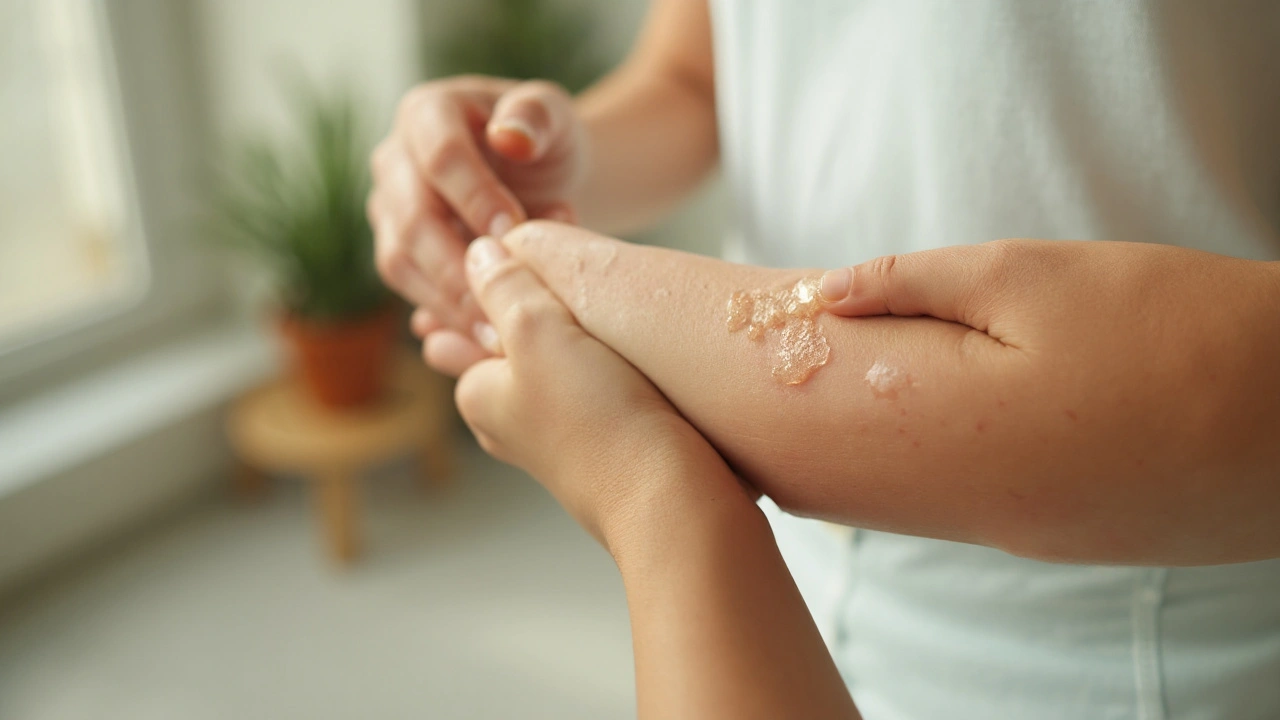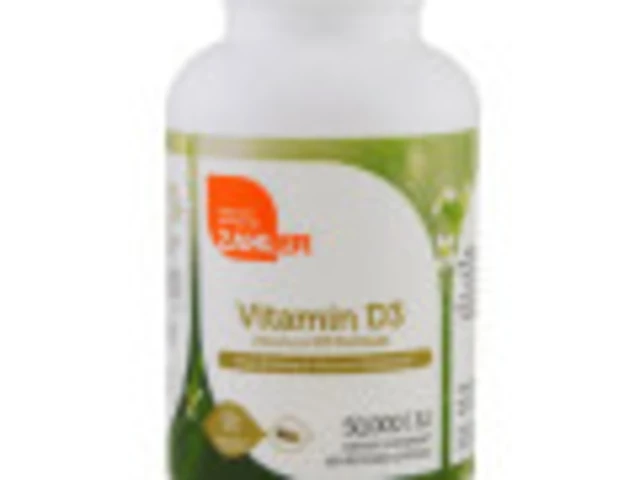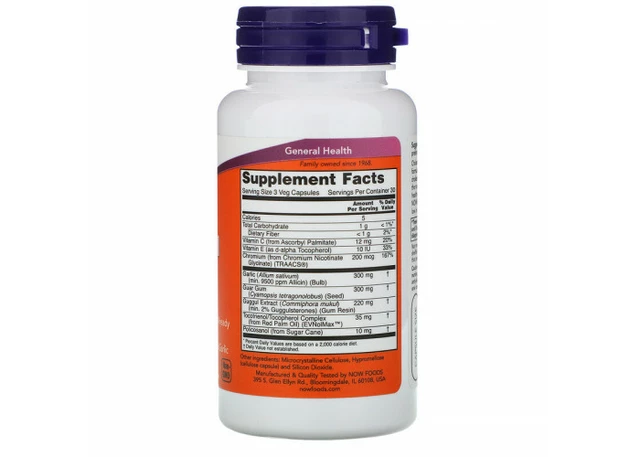Aloe Vera Dermatitis Relief: How to Soothe Irritated Skin Fast
If your skin is red, itchy, and uncomfortable, aloe vera can be a game‑changer. The plant’s gel is packed with cooling moisture that calms inflammation and helps the skin heal. Below you’ll find step‑by‑step tips to use aloe vera safely, plus a few extra tricks to boost relief.
Why Aloe Vera Works on Dermatitis
Aloe’s gel contains polysaccharides, vitamins, and antioxidants. These ingredients reduce swelling, lock in moisture, and protect skin from further irritation. When applied to a dermatitis flare, the gel creates a soothing barrier that eases itching and supports the skin’s natural repair process.
Simple Ways to Apply Aloe Vera
1. Fresh leaf method: Cut a healthy leaf, wash it, then slice it lengthwise. Scoop out the clear gel with a spoon and spread a thin layer on the affected area. Let it sit for 15‑20 minutes before rinsing gently with cool water. Repeat two to three times a day.
2. Store‑bought gel: Choose a pure aloe vera gel with no added fragrance or alcohol. Apply a small amount to clean skin, then pat it in. If the product feels sticky, follow up with a light moisturizer.
3. Aloe‑infused compress: Mix equal parts aloe gel and cool water in a bowl. Soak a clean cloth, wring out excess, and place it over the rash for 10 minutes. This method delivers extra cooling relief, especially useful at night.
Always do a quick patch test on your forearm before using aloe on a larger area. If you notice extra redness or swelling, stop using it and talk to a healthcare professional.
Boosting Aloe’s Healing Power
Mix a few drops of tea tree oil or lavender oil into your aloe gel if you tolerate essential oils. Both add antimicrobial properties that can keep the rash from getting infected. Keep the blend to no more than 2% essential oil (about two drops per tablespoon of gel).
For extra moisture, follow aloe application with a fragrance‑free moisturizer containing ceramides. This locks in the gel’s benefits and prevents the skin from drying out again.
When to Seek Professional Help
Aloe works well for mild to moderate dermatitis, but it isn’t a cure‑all. If your rash spreads, blisters, or produces pus, see a dermatologist. You might need prescription creams or oral medication in addition to aloe.
Also, if you have a known allergy to aloe plants, steer clear of the gel. Some people experience contact dermatitis from the plant itself, which would make symptoms worse.
Quick Recap
1. Clean the skin before applying anything.
2. Use fresh gel or pure, additive‑free store‑bought gel.
3. Apply two to three times daily.
4. Add a tiny amount of tea tree or lavender oil if you like.
5. Keep an eye on the rash—seek medical advice if it worsens.
By following these straightforward steps, you can turn aloe vera into a fast, natural ally against dermatitis. It’s cheap, easy to find, and gentle enough for daily use. Give it a try the next time your skin feels angry, and you’ll likely notice the itching and redness ease within hours.
 22 September 2025
22 September 2025
Aloe Vera for Fast Dermatitis Relief: Natural Healing Benefits
Discover how aloe vera soothes dermatitis, reduces inflammation, moisturizes skin, and offers a safe, natural alternative to steroids. Get practical tips and a clear comparison with other treatments.
Latest Posts
-

How to Use Label Information to Set Accurate Medication Reminders
-

How to Buy Cheap Generic Glucophage Online Safely
-

Boost Your Overall Health with the Power of Fructo-Oligosaccharides Dietary Supplement
-

Discover the Immune-Boosting Benefits of Cajeput Oil Supplements
-

Policosanol: The Dietary Supplement That's Making Waves in Cardiovascular Health

12